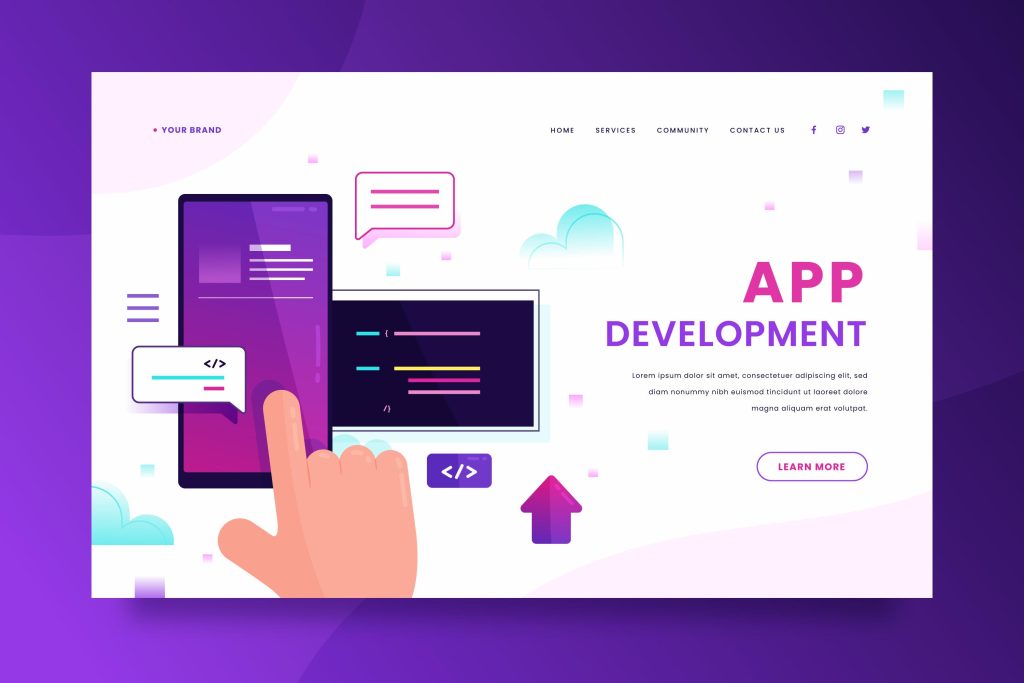Demystifying Application Development: A Comprehensive Guide to Crafting Digital Solutions

In an era defined by digital innovation, applications have become the backbone of modern-day interactions, facilitating seamless experiences across devices. Whether it’s a mobile app streamlining daily tasks or a web application revolutionizing business operations, the art of application development is a dynamic field that amalgamates creativity, technology, and user-centric design. Let’s explore the intricate world of application development.
Understanding the Foundation
Application development involves the creation of software specifically tailored to meet user needs. It encompasses a spectrum of processes, from ideation and design to coding, testing, and deployment. The primary goal is to deliver intuitive, functional, and scalable solutions that enhance user experiences.
Choosing the Right Development Path
There are various paths to embark upon when developing an application. Native app development focuses on crafting applications for a specific platform, leveraging the full capabilities of that platform (iOS or Android). Cross-platform development offers versatility by building applications compatible with multiple platforms using frameworks like React Native or Flutter. Web apps, accessible through web browsers, offer flexibility and easy updates.
The Development Lifecycle
- Discovery and Planning: This phase involves defining the application’s purpose, target audience, features, and functionalities. Wireframing and prototyping aid in visualizing the concept.
- Design: User Interface (UI) and User Experience (UX) design are crucial for creating intuitive and visually appealing interfaces. Designers focus on making interactions seamless and enjoyable.
- Development: Coding comes into play, where developers bring the designs and functionalities to life. Following best practices and coding standards is pivotal for a robust application.
- Testing: Rigorous testing ensures the application functions flawlessly across devices and scenarios. Quality assurance checks for bugs, usability, security, and performance.
- Deployment: Launching the application to the intended audience requires careful planning and execution. App stores, web hosting, or enterprise deployment channels facilitate this phase.
Technology Stacks and Tools
The choice of technology stack—programming languages, frameworks, and tools—greatly influences the application’s performance and scalability. Each stack caters to specific needs; for instance, JavaScript frameworks like React.js for web applications or Kotlin/Java for Android native apps.
User-Centric Focus
Successful applications prioritize user needs. User feedback, iterative updates, and continuous improvements based on analytics and user behavior contribute to the application’s longevity and success.
Security and Maintenance
Ensuring the security of user data is paramount. Implementing robust security measures and regular maintenance, including updates and patches, guarantee a secure and up-to-date application.
Application development is a multifaceted journey that requires a blend of technical expertise, creativity, and a deep understanding of user needs. It’s a continuous cycle of innovation, where staying abreast of technological advancements and user preferences is key to crafting impactful digital solutions.
Are you venturing into the world of application development? Share your experiences, challenges, or insights! Let’s delve deeper into this fascinating realm of technology together.




